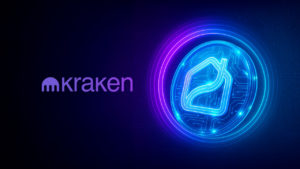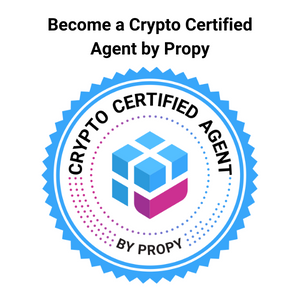
If you pay down your mortgage and your property value rises, you can find yourself with a lot of home equity. Rather than let that money sit, you can use it to finance renovations or to pay off other massive debts. One way to tap into that money is to take out a home equity loan. The downside is that there are risks that come with this type of loan. Below are the top 3 things that you need to know about home equity loans.
You Need Enough Home Equity to Qualify
In order to get a home equity loan, your bank assesses two things: loans and value. The bank’s goal is to make sure that if you secure a loan, you can pay it back if you sell your house or the bank can cover costs if they foreclose it. To do this, the bank adds together your first mortgage loan and your potential second loan and divides the total by the estimated value of your property. Most of the time, this ratio needs to be 80% or less; however, some banks make an exception if you have good enough credit and reliable credit history. The higher the ratio, the more you will probably need to pay for the loan.
Home Equity Loan Rates Tend to Be Higher Than Mortgage Loan Rates
Home equity loan interest rates tend to be lower than credit cards; however, they are usually higher than the first mortgage loan rates. That is because these loans are considered to be secondary loans on your house. In the case of foreclosure, the first mortgage lender will be paid out before the secondary lender. Thus, the higher interest rate is the bank’s insurance.
Risks Associated with Home Equity Loans
Borrowing too much equity from your home is risky. If your home loses value, you might owe more than the house is worth. Additionally, if you wind up in unforeseen financial trouble and are unable to pay back the second mortgage, you can lose your house.
Thus, always be sure that you are ready and that you are able to make payments on the loan, for the entire life of the loan. Assess whether the need for money is worth the risk of losing your home.






